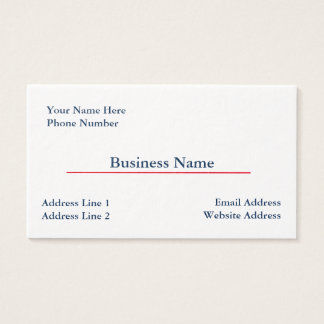If you see a conflict brewing, here is a six-step process to finding a resolution that’ll satisfy both parties:
1. Talk to each person individually
To understand the conflict, you must first have an individual discussion with each team member. Chances are, the discussion will look like a finger-pointing episode. Although this “he said, she said” conversation isn’t productive on the surface, it can help you uncover the deeper issues at stake. Ask each person for their individual take on the problem. Listen carefully to their stories, while remaining neutral.
2. Nail down trigger-pulling behaviors
While you’re reflecting on the two stories, focus on areas that ignite a fight between the employees. This will help you find the trigger point when frustration escalates in your team. For example, if the conflict flares up every time one employee takes a long lunch break (even if it’s allowed by you, the manager), you’ll know that you’ll have to come to an agreement and make a compromise with your schedule.
3. Home in on points of agreement
There’s a middle ground in every conflict. The trick (and the toughest part) is finding that middle ground where two parties can agree; it’s here that you’ll find peace. Using the same lunch example, the agreement overlap might be that long lunches are acceptable when the other person is taking a customer out to eat, or if the notoriously late employee lets the office know he’ll be out for a long lunch.
4. Create a plan for resolution
Once you have the trigger point and the agreement overlap in mind, it’s time to craft a resolution plan. In your resolution plan, it’s important to give your employees as much control over the situation as possible. This may seem difficult for many managers, especially as you’re trying to coax the two employees into working well together, but it’s an important step.
Continuing with the long lunch example, the resolution for this situation might be to give your team access to making adjustments on their own with the schedule. This way, if an employee knows he’ll need a long lunch, he can schedule it in, notifying the entire office and avoiding conflict.
5. Enact your plan
You have a plan! Now it’s time to set the new wheels in motion. Sit the two employees down together and explain why you chose this method of resolution. Make it a point to show that you listened to both of their concerns by addressing each person’s trigger points and acknowledging the agreement overlap. Then get both parties to agree to the plan. Once they’ve agreed to the plan, they’ve made a verbal commitment that it will work as a resolution.
6. Tweak as needed
Sometimes, your team members need to see and feel the plan in action before they know where changes need to be made. When resolving conflict, it’s a good idea to revisit the issue a few weeks after enacting your resolution plan. This way, you can make any necessary tweaks and keep both parties happy and engaged in moving forward following the conflict.





No comments:
Post a Comment